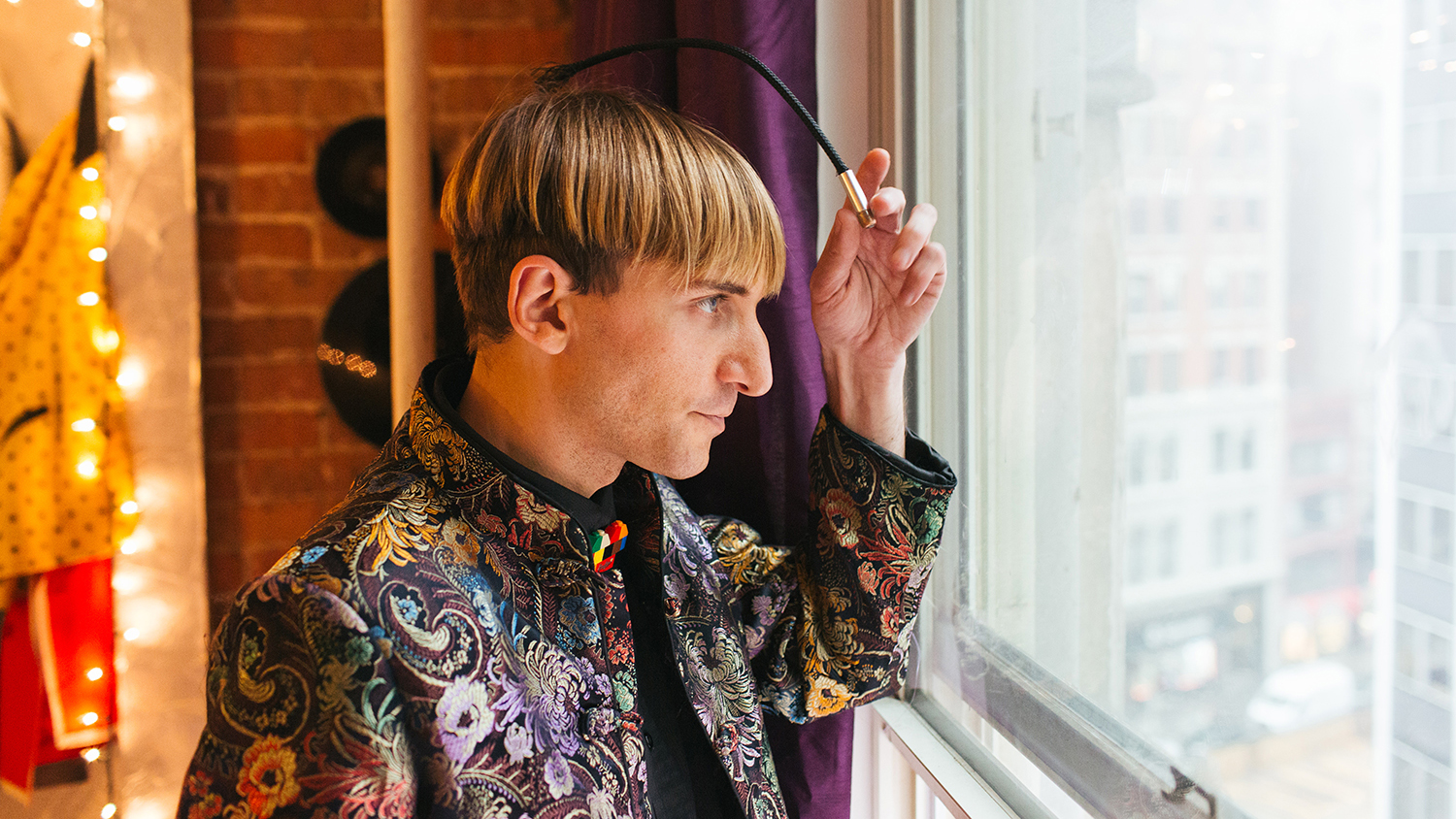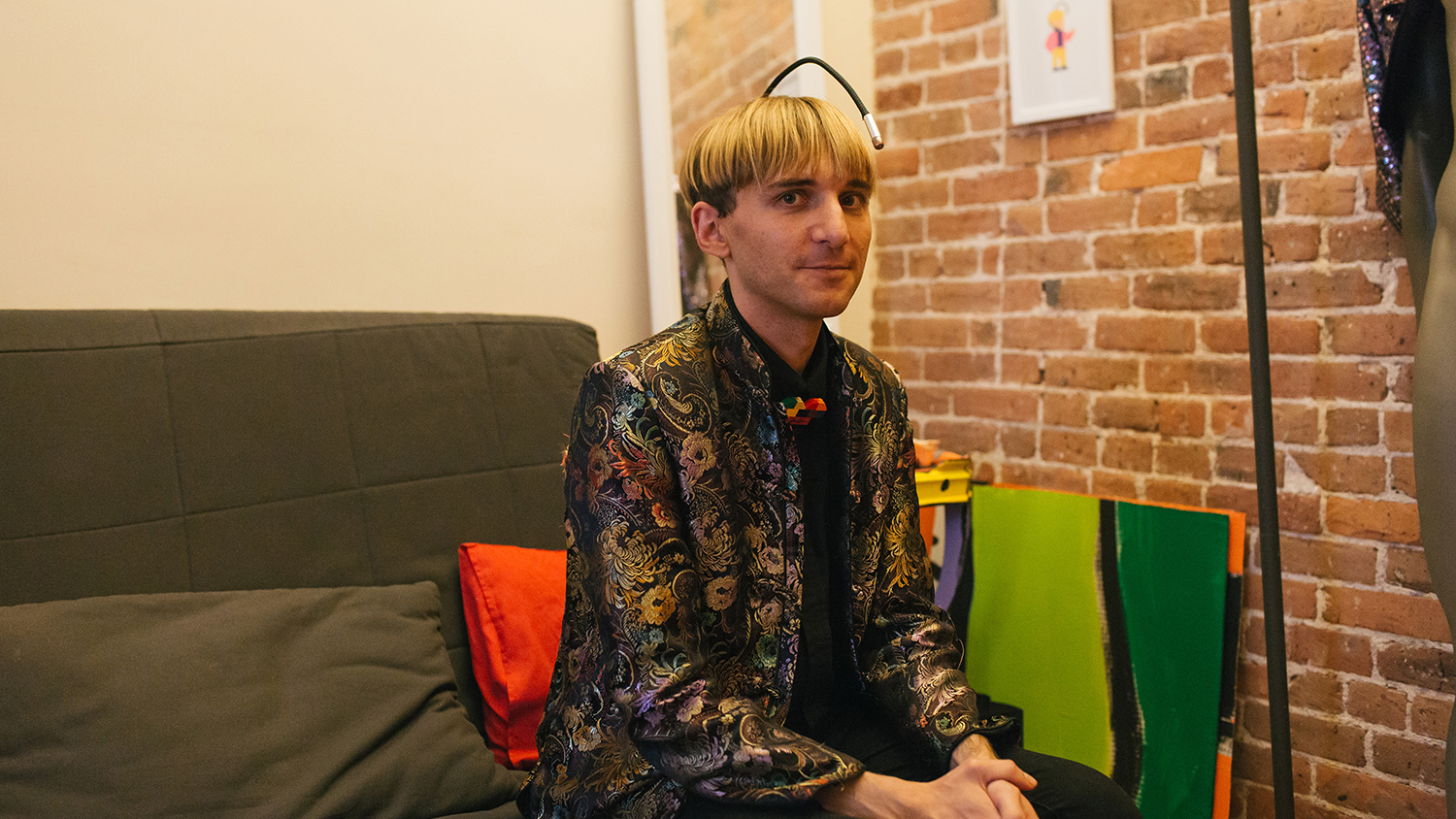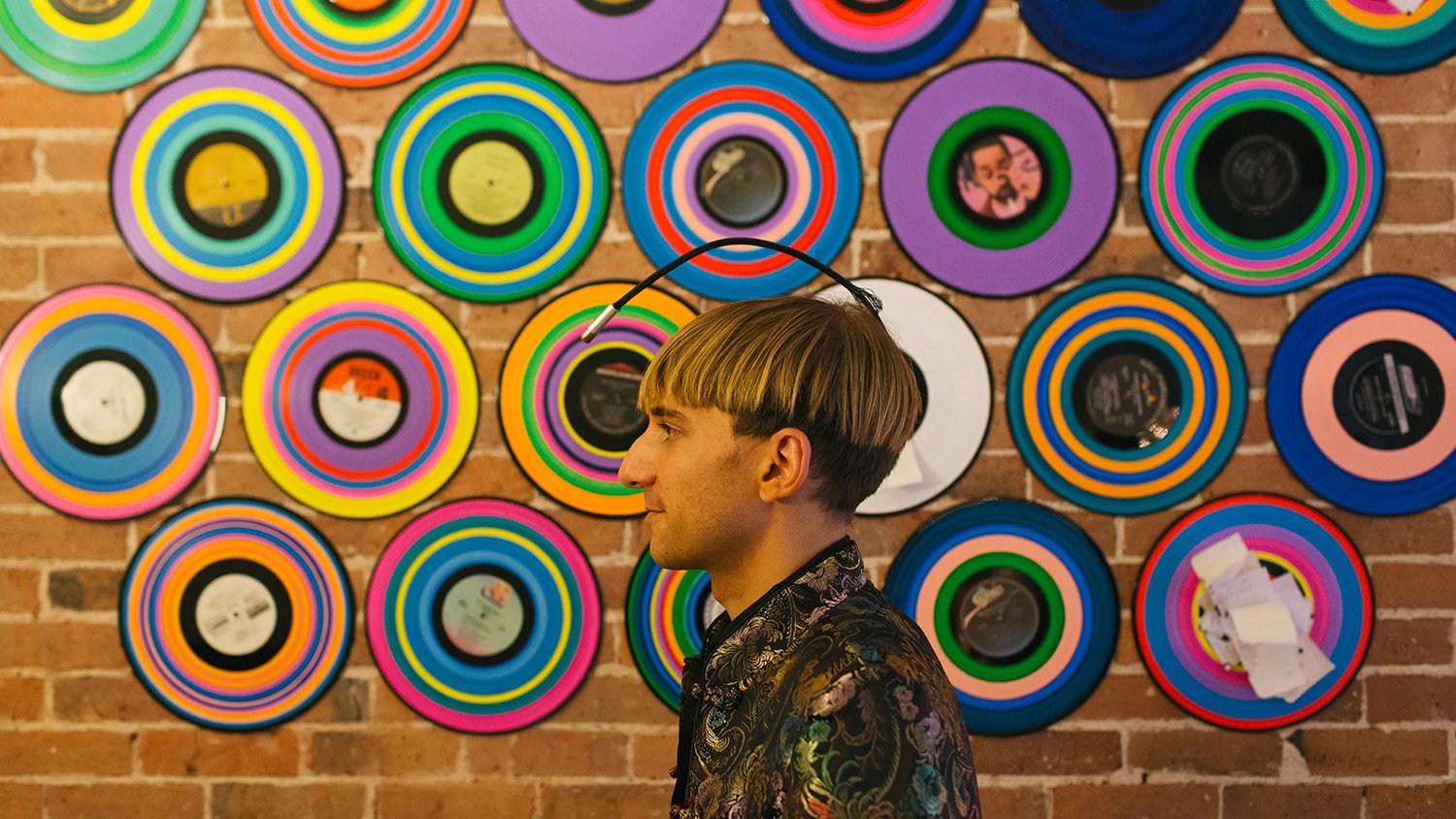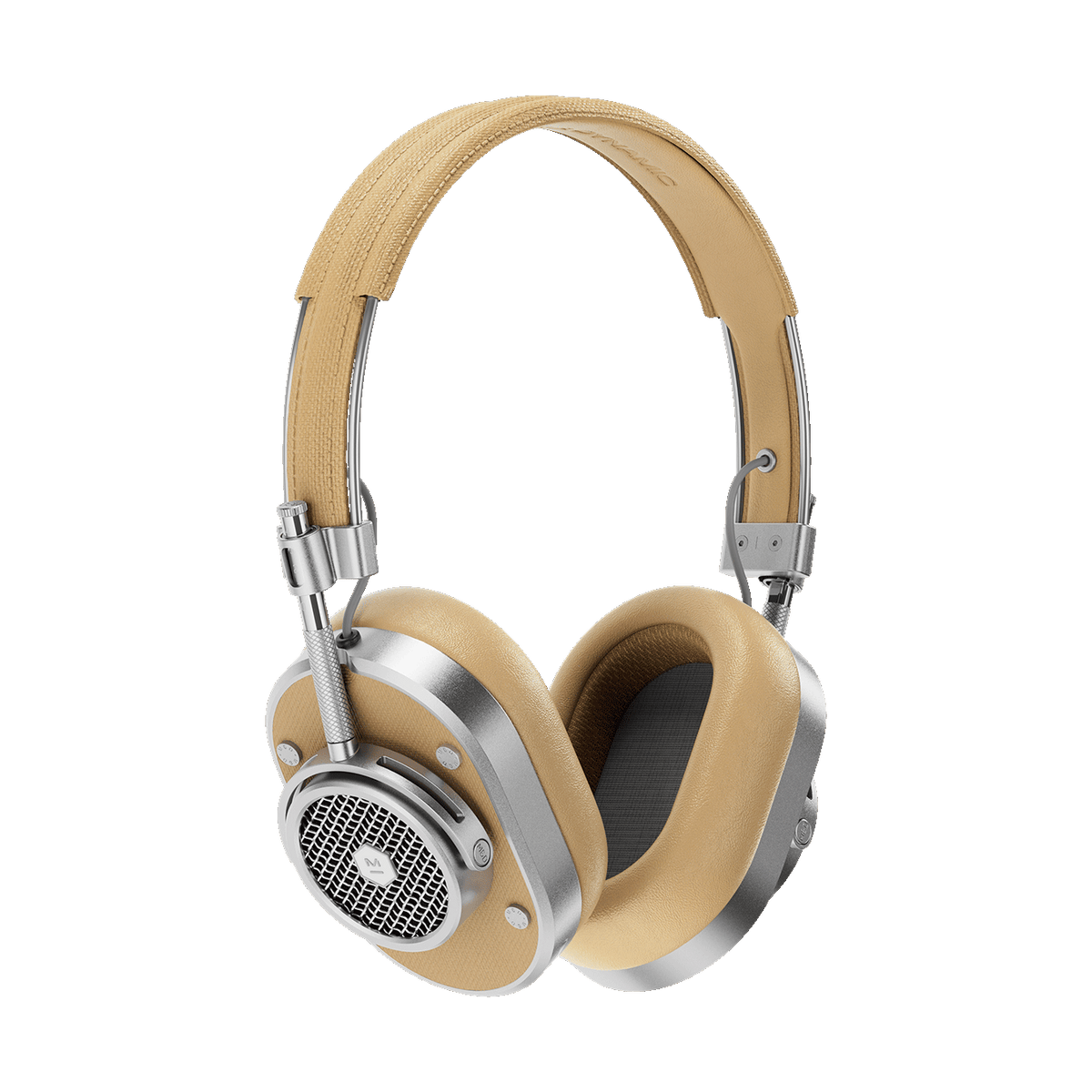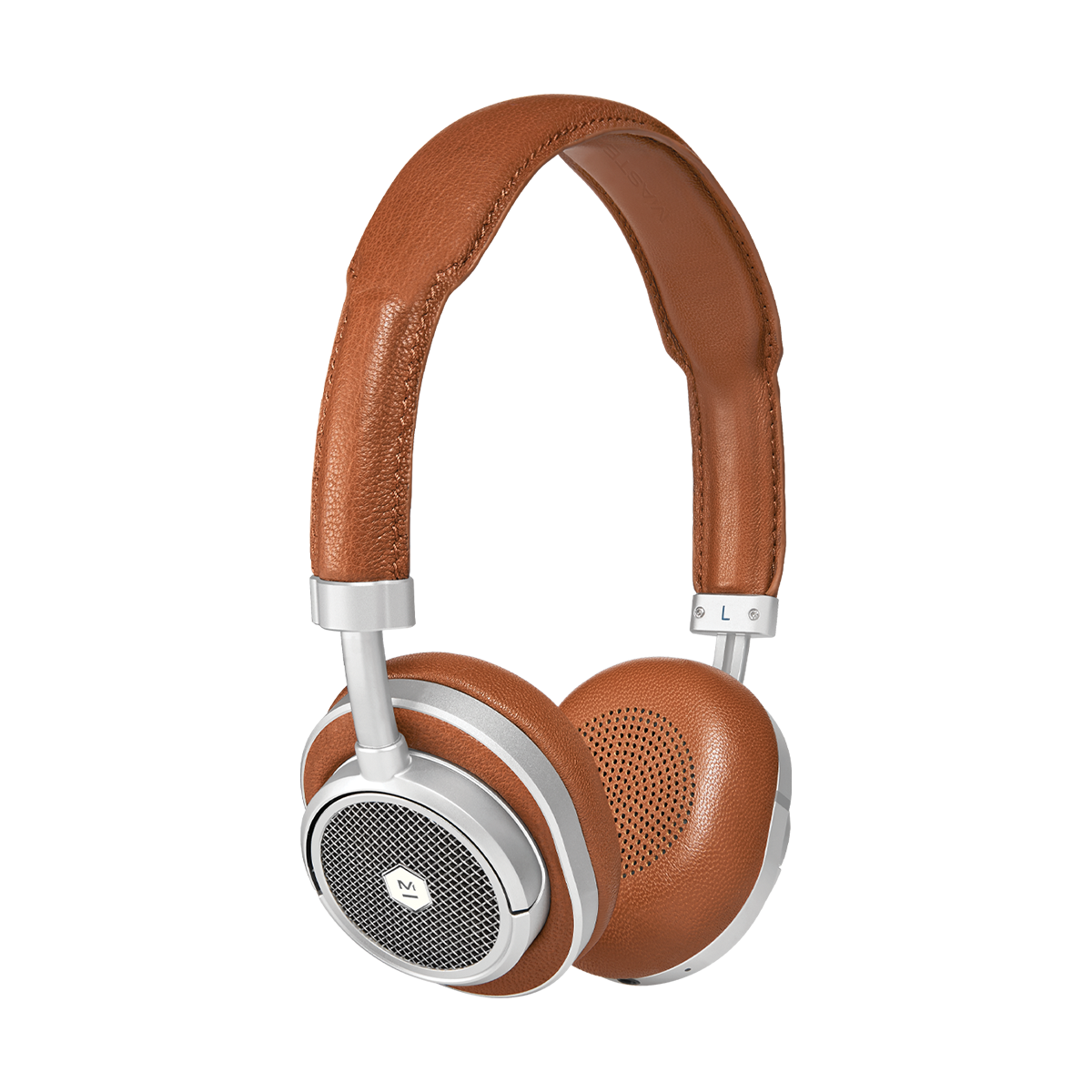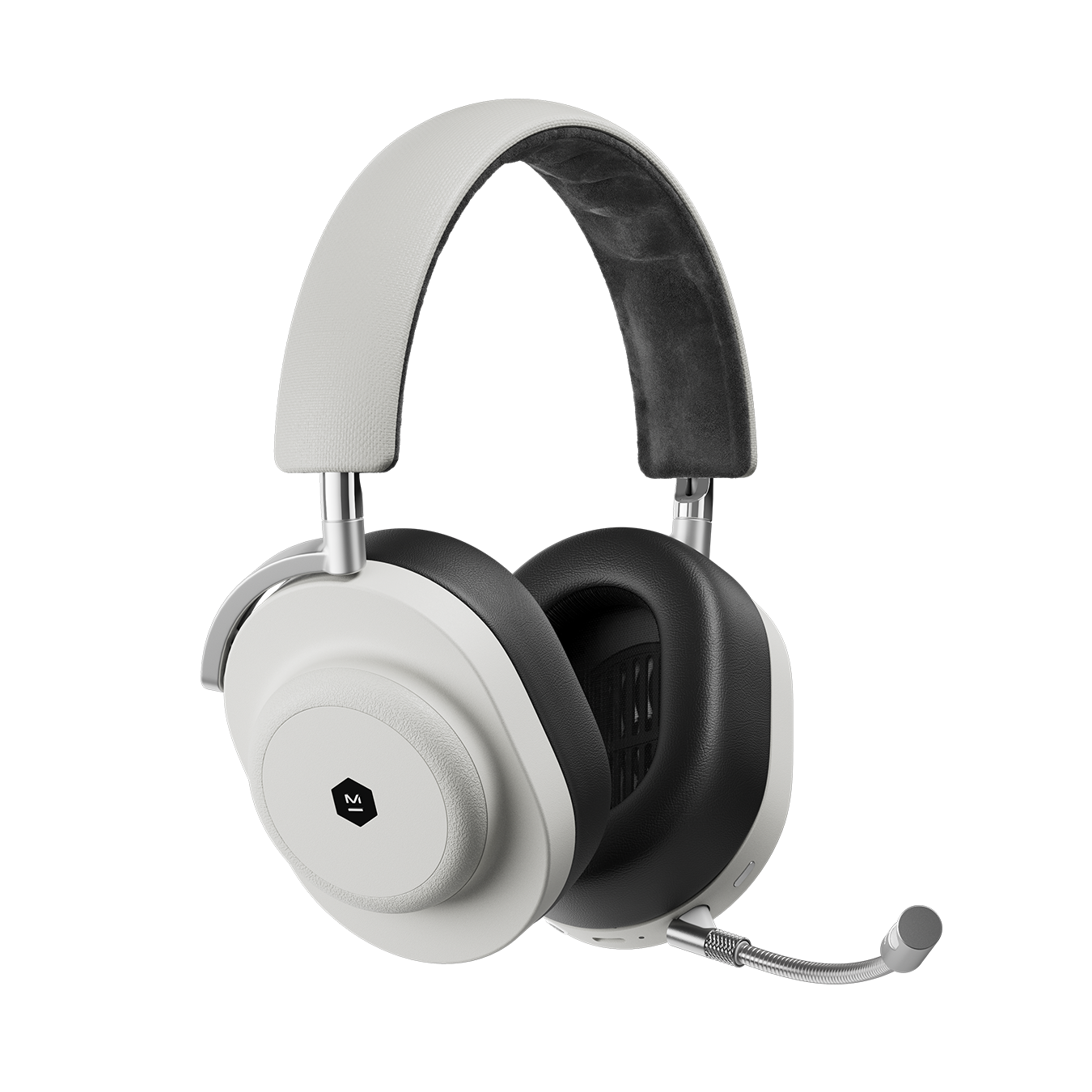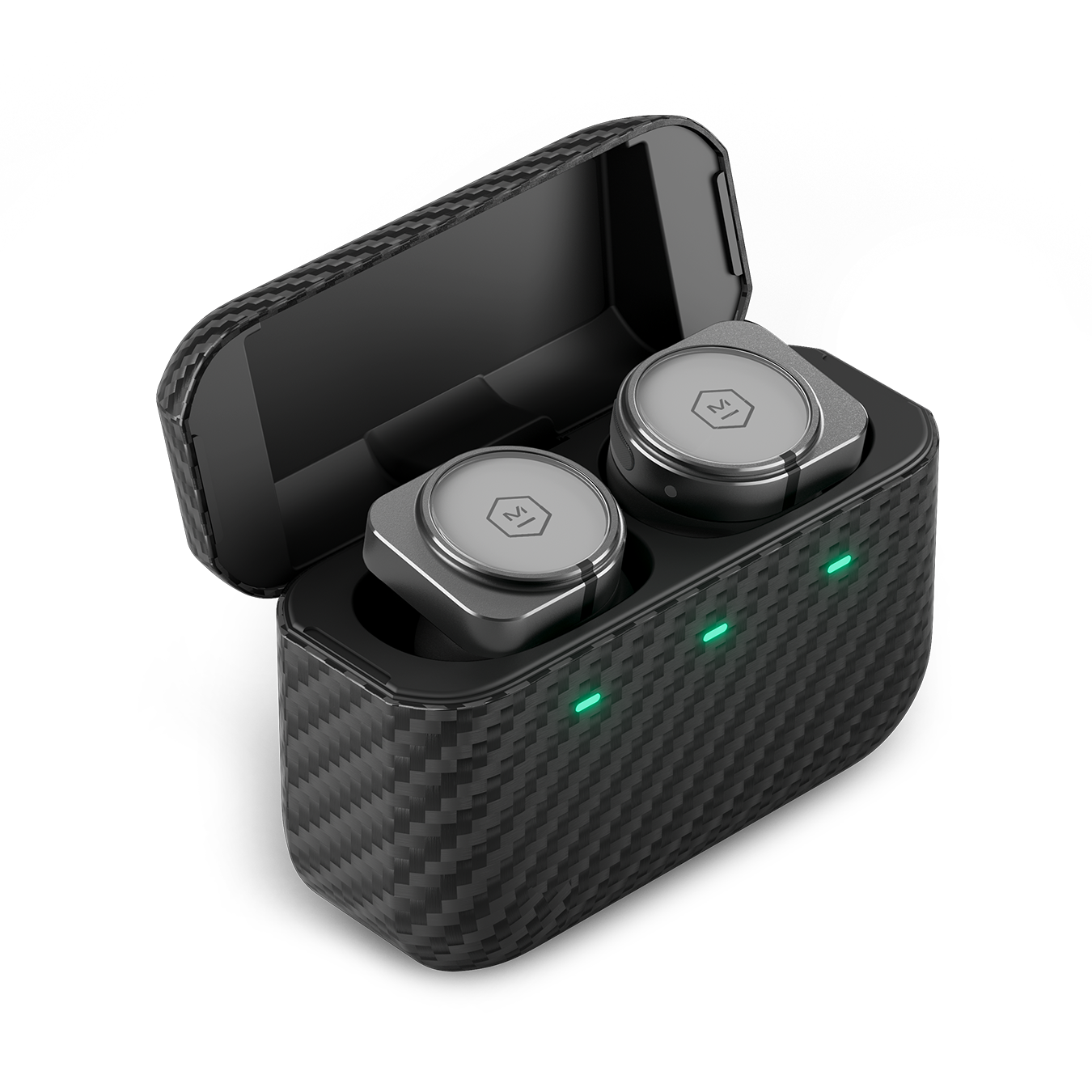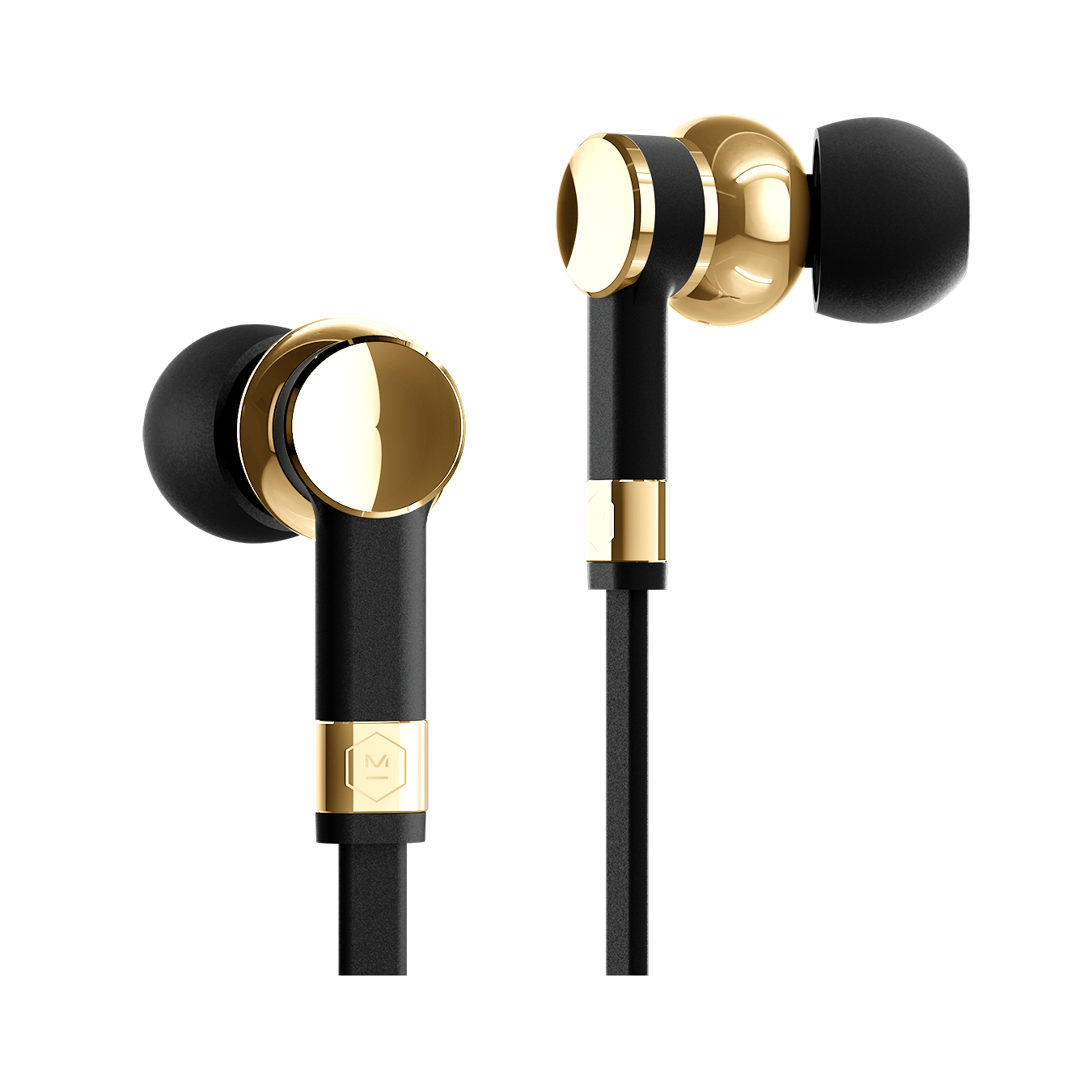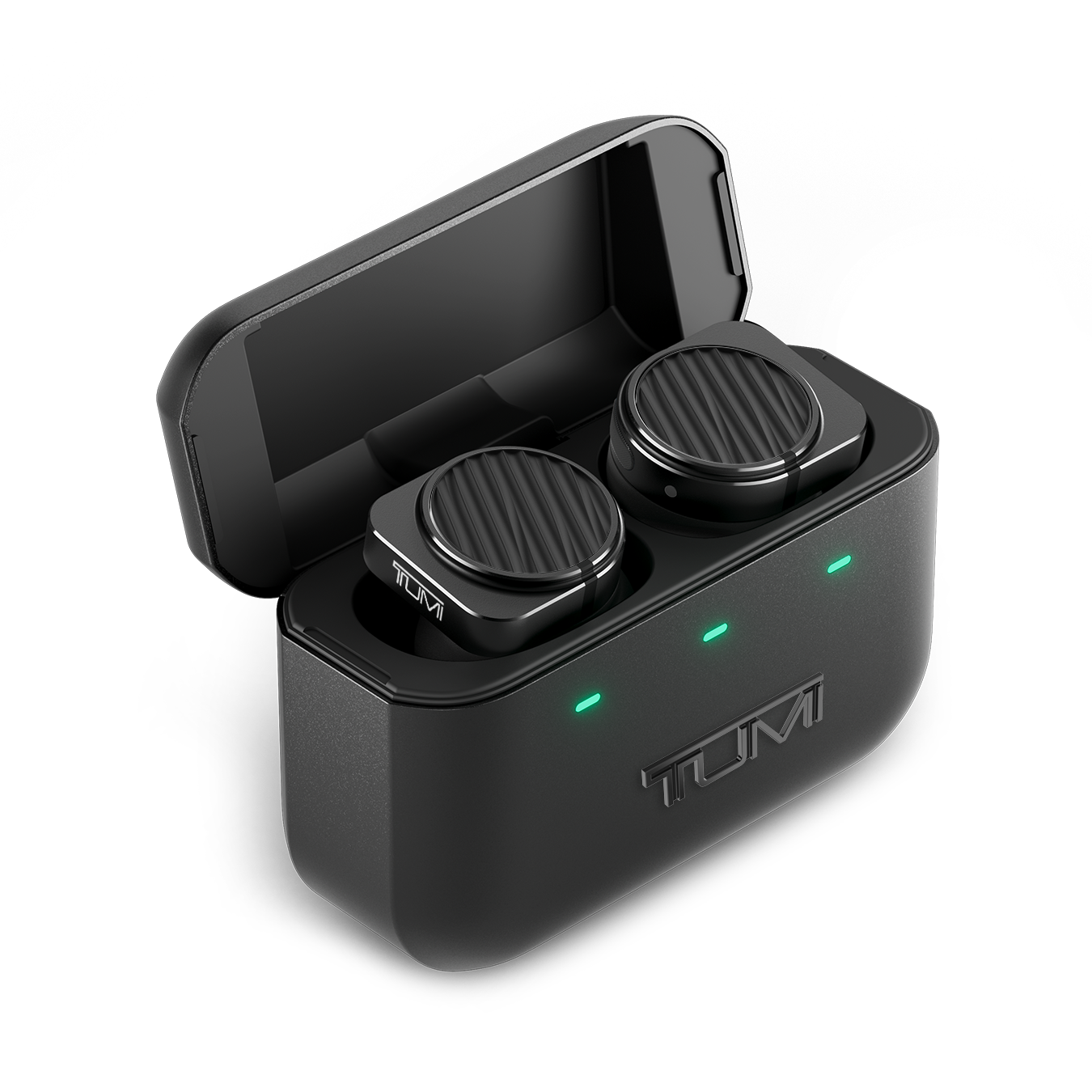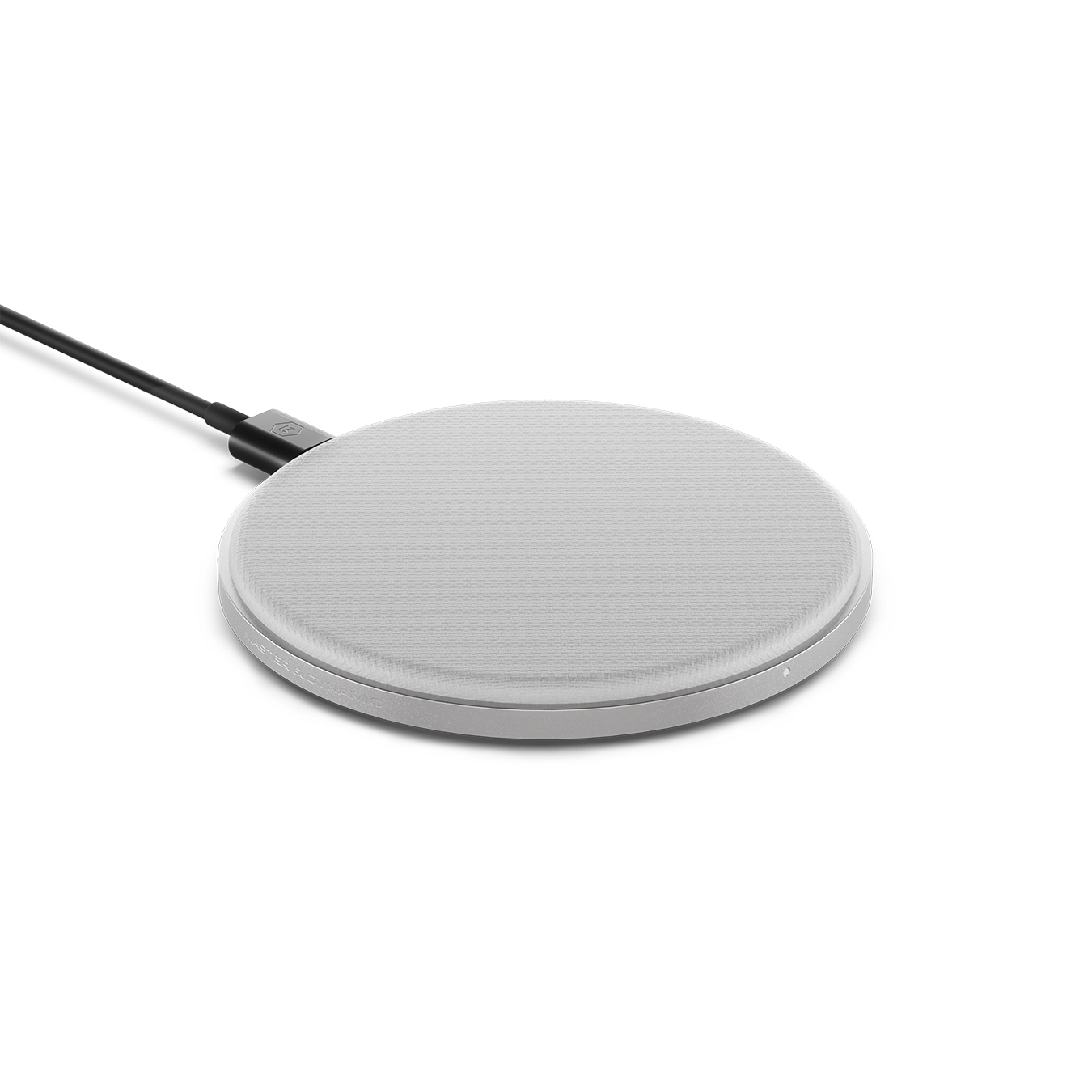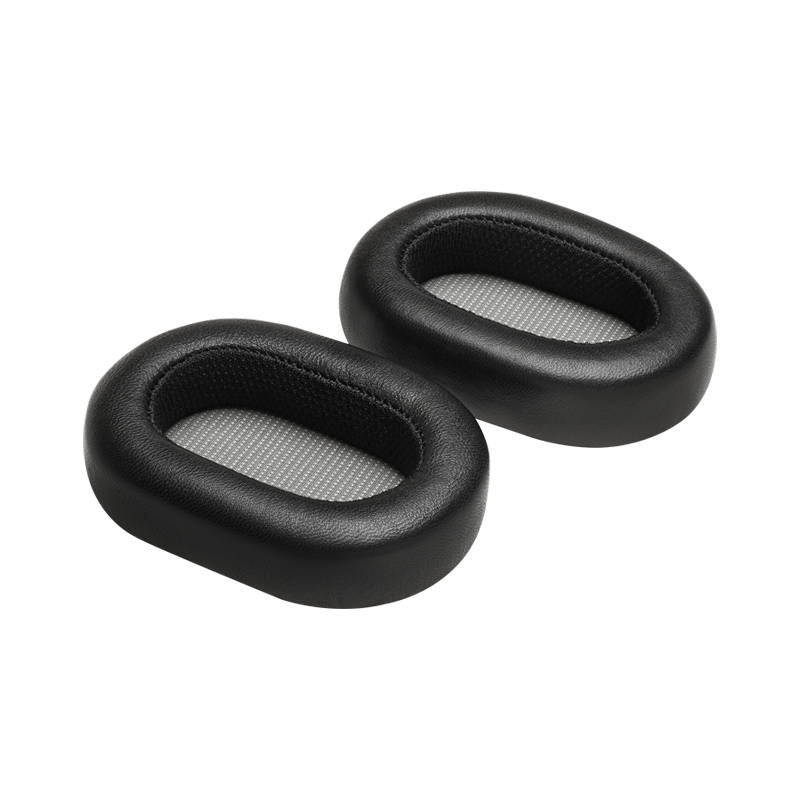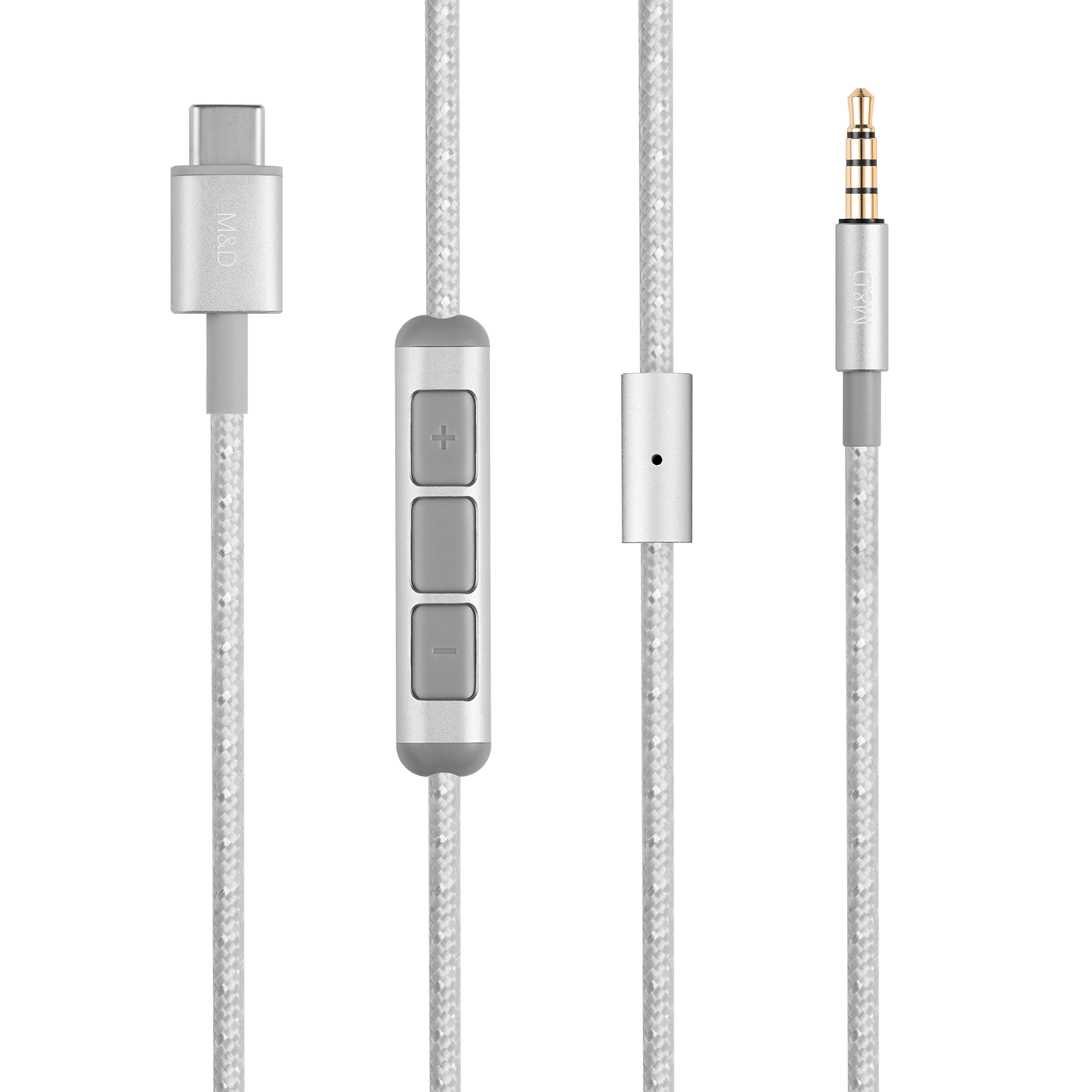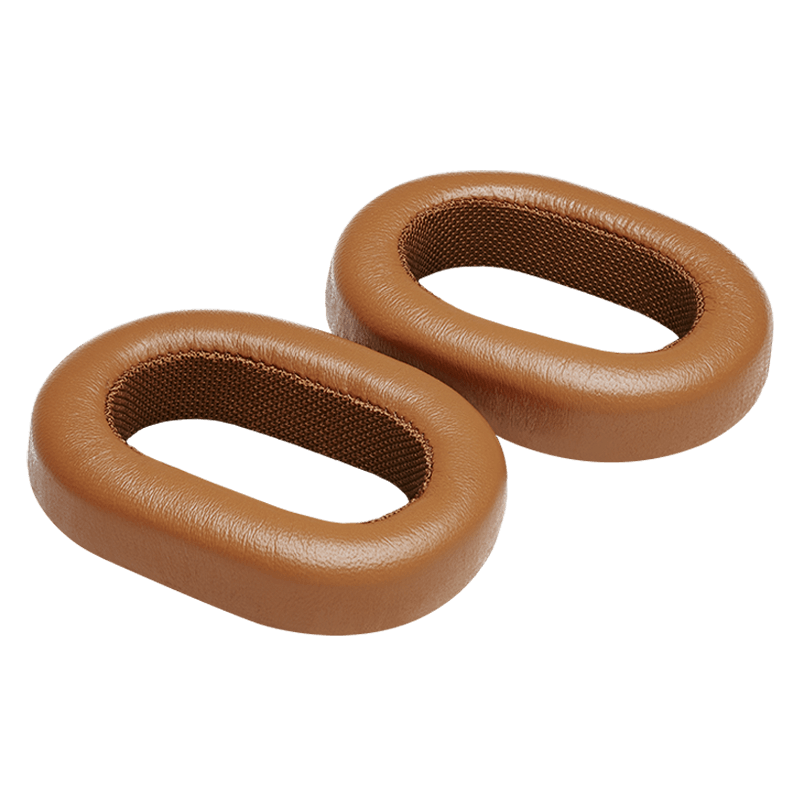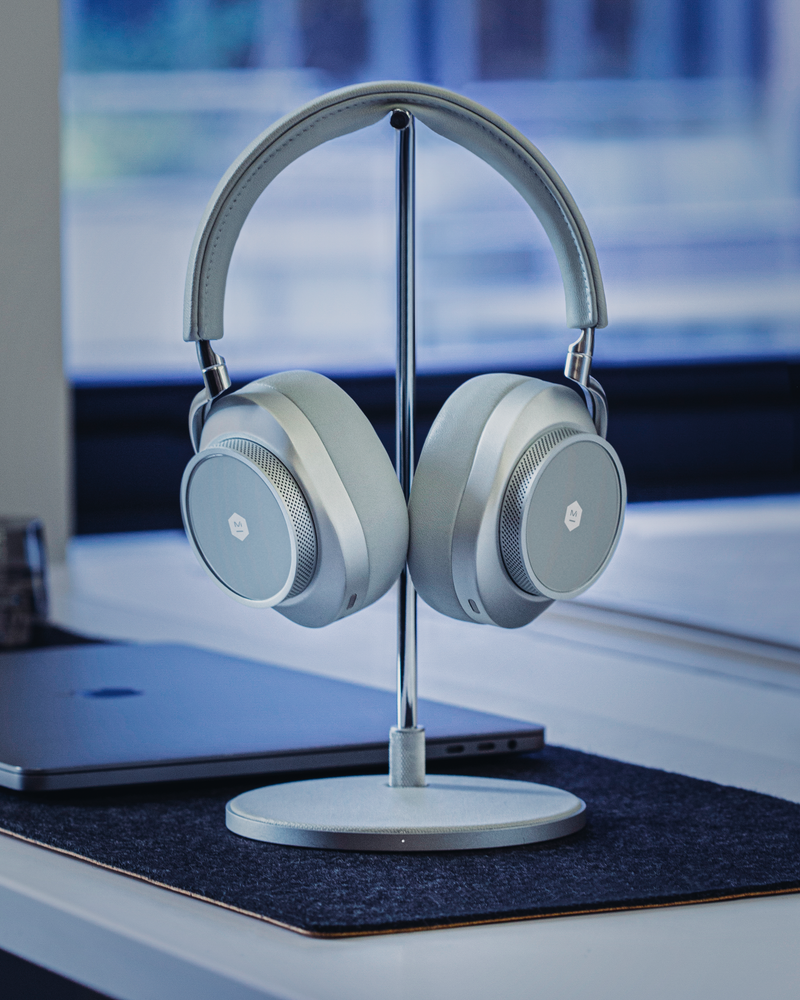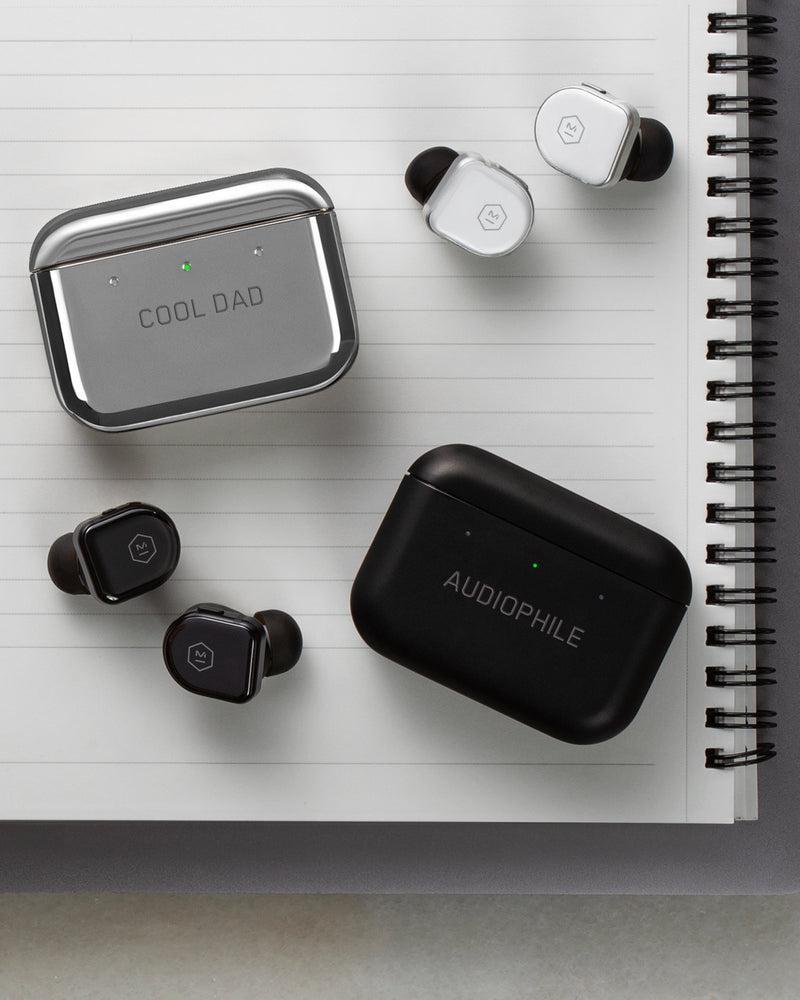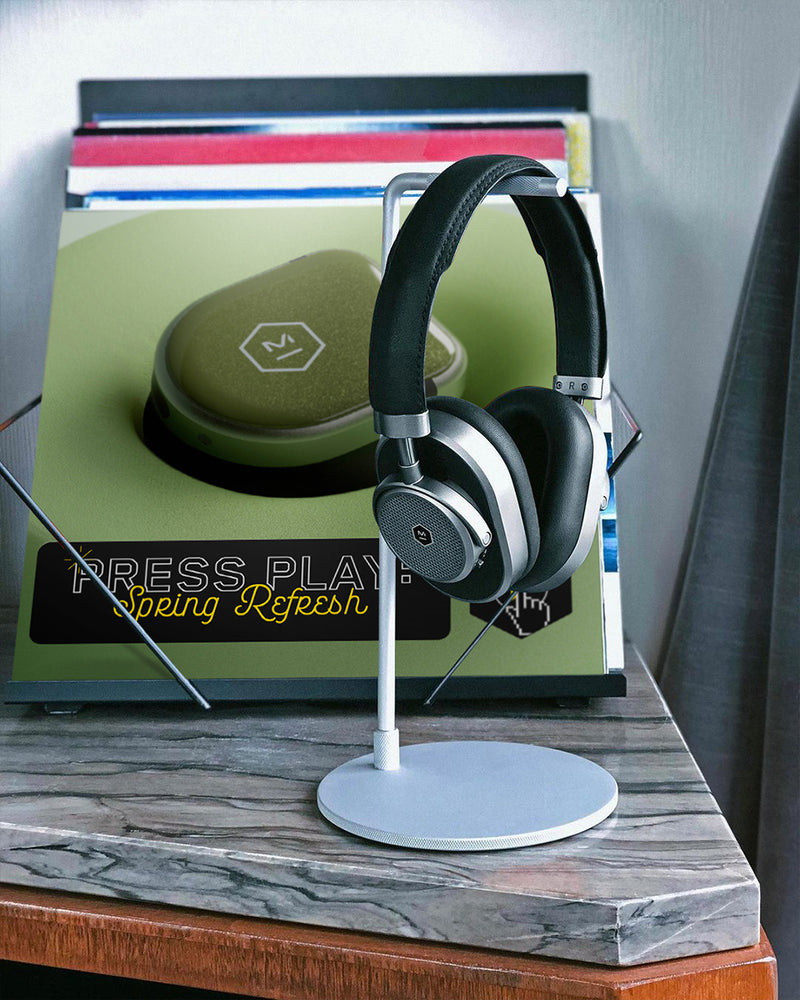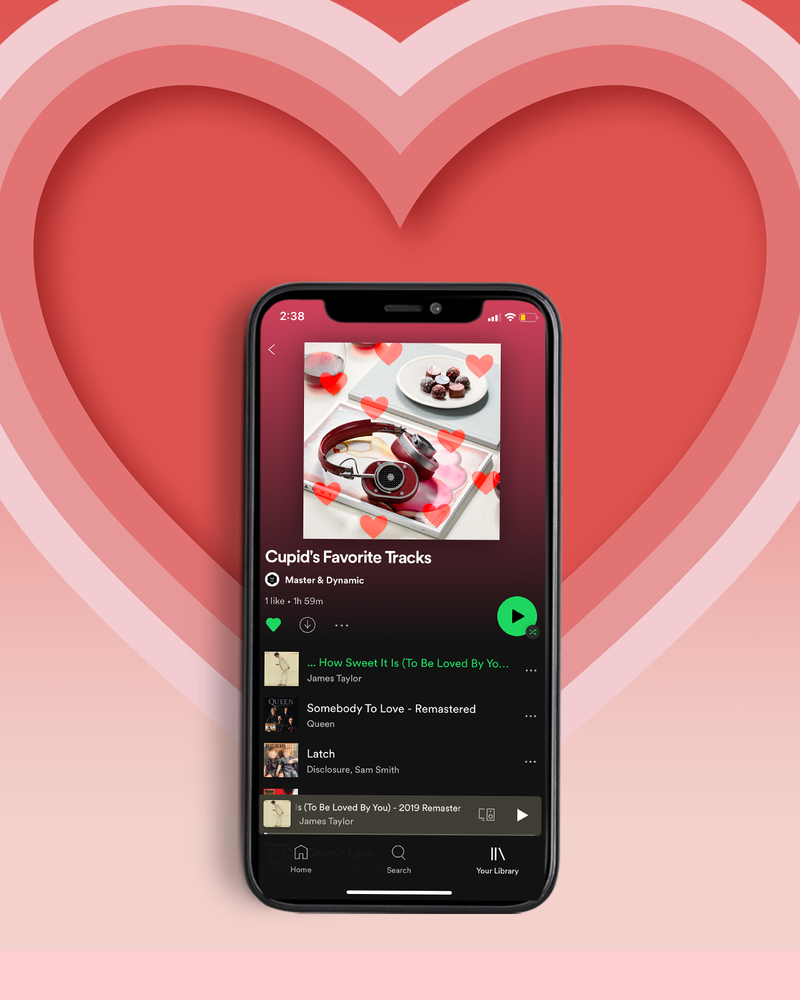To celebrate our company's two-year anniversary, we launched new colored ear pads, so you can personalize your sound. Recently, The 10,000 sat down with cyborg artist Neil Harbisson, who's taking personalization with color to a new level.
We first met Harbisson nearly two years ago. After being born with achromatopsia, or total color blindness, he installed an "electronic eye," which allows him to perceive color through sound technology. This "eye" is in the form of a chip embedded into the back of his head, with an antenna that allows him to hear the sound frequencies of color. Harbisson was the first person in the world to have this done, and is now officially recognized as a cyborg.
"I can sense 360 hues, plus infrareds and ultraviolets," Harbisson says. "Infrared is my favorite color. It's a very low sound. Ultraviolet is a dangerous color, so it's a color that I try to avoid."
When asked what our new ear pad colors sound like, Harbisson takes them into his hands and holds them in front of his antennae. "This," he says, holding up the royal blue, "is very high-pitched. C sharp. It's actually quite loud." He holds up the burgundy. "This is low, between F sharp and F. And this [olive] is a microtone, between A and B sharp. You can create many melodies with these notes."
Because of this enhanced sense, Harbisson perceives beauty differently from the rest of us. "Something might look very beautiful but sound very disturbing or bad, or it might happen the other way around—that something or someone might not look very attractive, but sound extremely attractive. It's a new layer of beauty."
From this, Harbisson creates sound portraits. "Instead of drawing someone's face, I write down the sound of someone's face by looking at the two eyes, the lips, the skin, and the hair—five notes that create a unique chord. Some people create major chords, some people create minor chords, and some people create cacophonies of sound, clashing chords."
It also works in reverse. Because Harbisson knows what colors sound like, he can tell you what colors make up songs. "When I use color [in my artwork], I'm actually painting sound." His favorite songs to paint? "Mozart is very special, because he has lots of notes in very small amounts of time, so it's usually very colorful, and has quite a lot of yellow. Amy Winehouse is more purple, blue. Justin Bieber is yellow and pink, usually."
In Harbisson's midtown studio, dozens of painted records hang on the wall. "These LPs were all scratched [and] couldn't be played again, so to give them a second life, I painted the dominant note of each track on top of them, so that you could actually listen to them again."
We could? "There's a mobile app that allows it. It's called iBorg. It's a replica of my antennae—so you can actually experience what I experience, from a mobile phone."
Or you could go the extra step, and become a cyborg yourself. In addition to being a cyborg artist, Harbisson also cofounded the Cyborg Foundation, which promotes cyborgism as an art movement. "Instead of designing external things, you can design your own perception, your own senses, your own organs."
The foundation also promotes the rights of people to become cyborgs. Currently, what Harbisson has done—becoming a cyborg for the sake of art—is not legal; according to bioethical committees, there needs to be a medical reason. "We want these surgeries to be legal," Harbisson says. "We opened a new company called Cyborg Nest, which is going to build and produce senses. The first sense is called feeling the north, so you'll be able to have this chip implanted in your body that will allow you to feel where north is."
"But the Cyborg Foundation simply promotes and encourages people to explore living with more senses," Harbisson goes on. "At the beginning, many people thought [cyborgism] was a joke, or some kind of science fiction. They laughed. Now people take it more seriously. We are witnessing the renaissance of our species. A species is defined by the organs it has and by the senses it has. You can now have new organs and new senses. The more people who explore it, the better."
